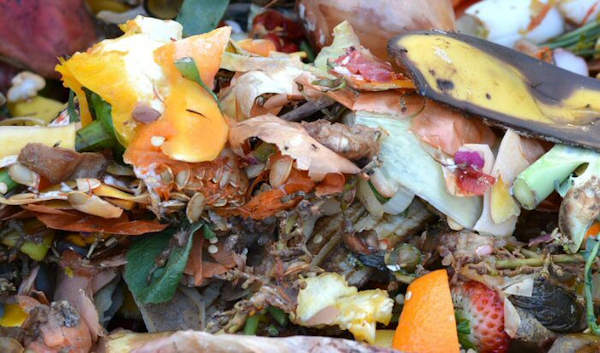How To Make Your Own Worm Bin

Image Credit: Ben Kerckx
Green Cone Food Digester system for composting kitchen waste is very popular, however Cllr Jillian Creasy Co-Chair of Sheffield Green Party and Councillor for Sheffield Central Ward has an alternative suggestion - a home made worm bin.
The Green Cone has two big drawbacks. The first is that is has to be constructed in a sunny garden with well-drained soil, not possible for people for small shady gardens or yards.
The second drawback is that it costs £80 and many councils cannnot afford to subsidise this cost. If you are in this position you can make your own worm bin for much less than this sum.
A worm bin can be made from a plastic dustbin, an upturned sieve, two planks and a shallow dish. The total cost is less than £25. It will take all kitchen waste and rots down so well that it only has to be emptied once a year. The resulting compost can be used in patio tubs or buried in the garden or allotment.
Cllr Creasy said, "I've been using a home made worm bin for several years. It's only suitable for people who are interested in gardening, but unlike the Green Cone, it's very cheap and easy to set up and doesn't require much space."
12 Easy Steps To Make A Worm Bin
- Buy an ordinary 80 litre black plastic dustbin (many places stock ones made out of recycled heavy duty plastic).
- Punch or drill holes inside a circle about 6 inches in diameter in the centre of the base (for liquid to drain out).
- Punch or drill holes in blocks around the top of the sides of the bin, just below where the lid sits (for air to circulate). You can cover these with gardener's fleece or gauze if you want to exclude flies.
- Put a plastic garden seive upside down in the bottom of the bin - this saves the holes getting blocked.
- Put leaf mould or wood chippings in a thick layer on top of the seive.
- Stand the bin on a platform of 4 old bricks and a couple of planks.
- Arrange a shallow dish (a large flower pot saucer is ideal) under the holes.
- Add worms from an existing compost heap, or the garden (no need to buy the commercially available ones).
- Start adding kitchen waste - vegetable peelings, cooked foods, teabags etc.
- Pour the "worm juice" collected in the saucer into old plastic bottles. I keep it to feed my tomatoes.
- If the contents get wet and smelly, add shredded paper or cardboard and turn the soggy mixture with a garden fork.
- The bin will need emptying about once a year. I've got an allotment, so I bury my worm compost in my runner bean trench, but my Mum uses hers to fill patio tubs.
If you have lots of garden waste as well as food waste, here is our selection of composters, compost bins and composting systems, from basic plastic composters to attractive wooden compost bins.
Read More
What's New
- Environmental Days In January 2026
- Free Water Saving Devices For UK Residents
- STOP! Don't Put That In The Recycling!
- 21 Free Online Games About The Environment For Kids
- Best Plastic-Free Wet Wipes 2026
Most Popular in Recycling
CDs & DVDs
Videotapes & Cassettes
Duvets & Pillows
Ink Cartridges
Shredded Paper
Stamps
......Recycling A-Z